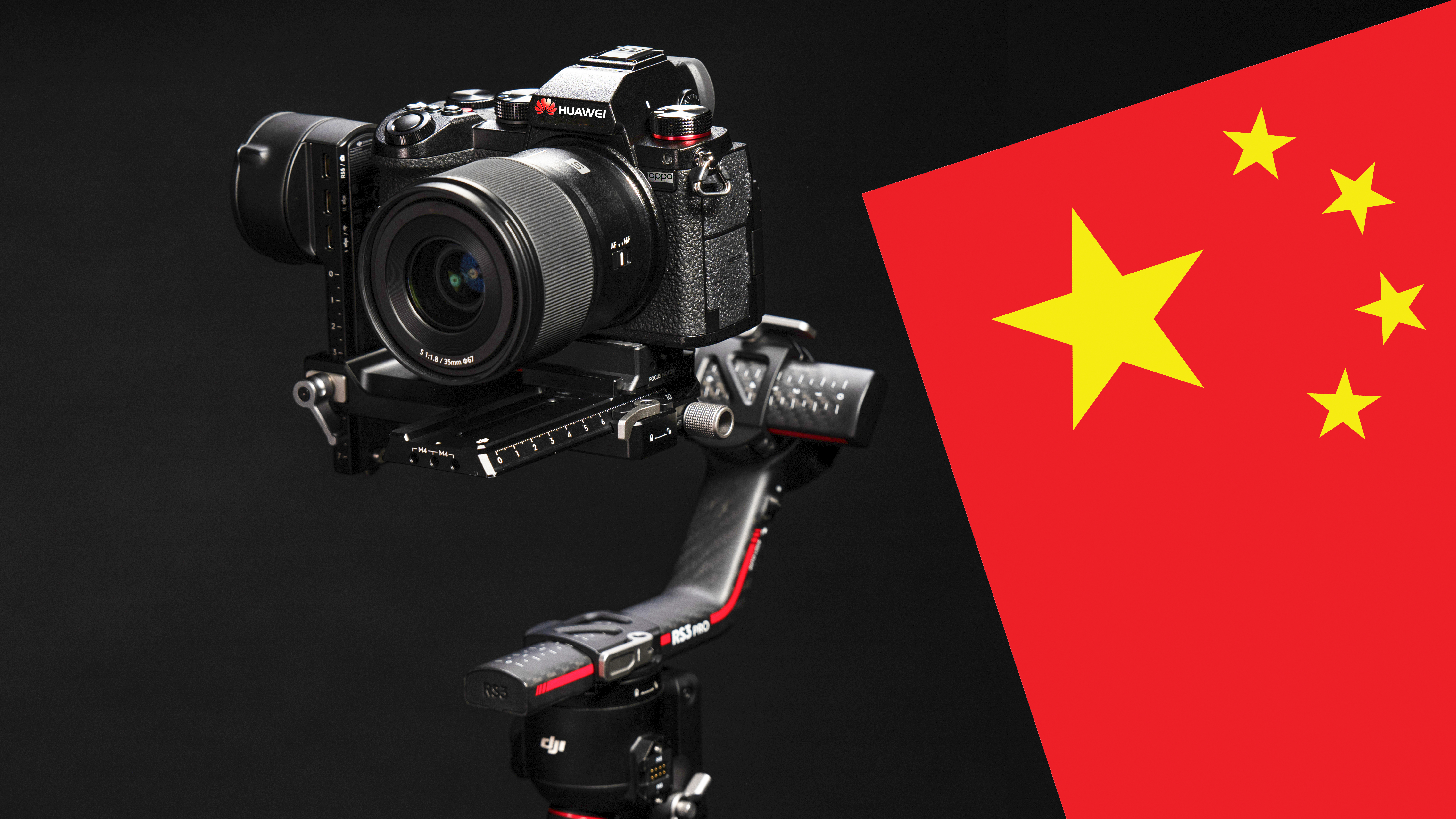
China’s growing dominance in the camera and imaging technology market over the past decade marks a significant shift in an industry once dominated by Japanese brands. ‘Made in China’ used to be a synonym for poor quality but in recent years, Chinese brands have positioned themselves as disruptive forces within traditional markets, offering competitive innovations.
In the 1980s and 1990s, Japanese companies ruled the camera industry. Canon and Nikon were renowned for their high-end optics and reliable mechanics, while Sony and JVC dominated the consumer video world. But that began to change in the 2010s, with the rise of Chinese companies such as DJI, Xiaomi and Huawei.
The Xiaomi Mi 1 was the company’s first Android phone launched in 2010, followed by Huawei’s first Google-powered phone, the Huawei U8220, in 2012. Then came DJI’s paradigm-shifting DJI Phantom 1 drone in 2013. Having initially entered the market through action cameras, smartphones and drones, Chinese tech brands have expanded to more sophisticated imaging technologies through innovation and they are now starting to influence the high-end and professional camera realms.
One of the primary reasons for China’s ascendance is its ability to integrate imaging technology with other digital solutions. DJI, which started as a drone company, revolutionized aerial photography by developing drones with high-res cameras. Its expertise in stabilizing tech, such as gimbals, has extended into the broader camera market, making it a player in video and photography equipment, particularly since it acquired the iconic Swedish camera brand Hasselblad in 2017.
Meanwhile, Huawei and Xiaomi, both traditionally smartphone companies, have invested in imaging capabilities through partnerships with lens manufacturers like Leica. Huawei’s P and Mate series put its brand on the map by pushing the boundaries of mobile photography, featuring high-quality lenses and advanced computational photography. Since the USA’s ban on Huawei products,
its sub-brand Honor has carried that torch, alongside competitor Oppo.
As well as affordability, the pace of innovation has been another crucial advantage for China. While Japanese firms maintain a steady development cycle for high-end DSLR and mirrorless cameras, Chinese companies are keen to rapidly improve their offerings. The agility of Chinese firms is supported by a domestic manufacturing ecosystem that allows for faster production. Indeed, many Japanese camera brands manufacture a significant portion of their products in China.
The shift towards Chinese dominance is reshaping the industry. The leadership of its companies in related technologies, such as wireless connectivity, AI and the Internet of Things (IoT), gives them an edge in creating integrated imaging systems. DJI’s Osmo Pocket 3, for example, can deliver comparable quality to a mid-level consumer camera with unrivaled features for a fraction of the price.
Chinese brands are likely to continue their rise, potentially redefining the camera and imaging industry in the same way Japanese brands once did. As China combines technological prowess with competitive pricing and innovation in adjacent fields, the global camera landscape will continue to evolve. My hope is that the competition keeps giving more options and prevents the industry from going stagnant.










